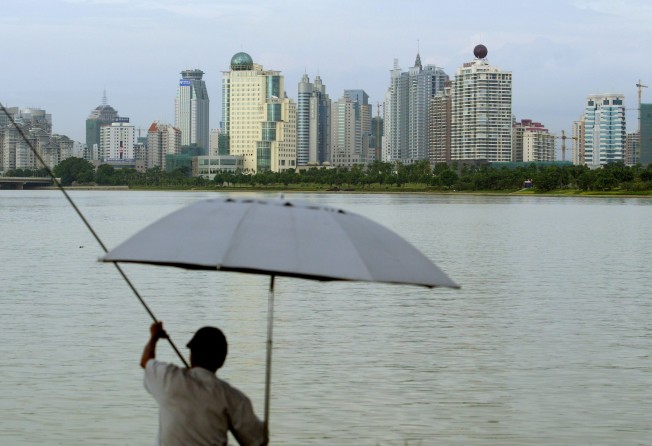China’s prices of new homes flatlined in September as bruising trade war with US gives users reason to wait out on investments
- September annual new home prices expand 8.4 per cent vs 8.8 per cent in August
- 53 out of 70 cities reported higher prices vs 55 in August

New home prices in China grew at a steady pace in September, with fewer cities reporting price gains, a relief for policymakers who remain wary of high debt and bubble risk and are refraining from stimulating the sector as the economy cools.
The property sector has held up as one of the few bright spots in the world’s second-largest economy with other parts hit as factories struggle to land new orders from abroad amid Beijing’s bruising trade war with the United States.
Average new home prices in China’s 70 major cities rose 0.5 per cent in September from the previous month, unchanged from the pace of growth in August, Reuters calculated based on National Bureau of Statistics (NBS) data on Monday.
On a year-on-year basis, home prices in September rose 8.4 per cent, slowing from an 8.8 per cent gain in August, and the slowest since September last year.
Chinese regulators have refrained from stimulating the property sector as rapidly growing household debt and rising home prices have deepened fears about a sudden market correction and concerns over housing affordability.
Property prices increased for the 53rd straight month. Most of the 70 cities surveyed by the NBS still reported monthly price increases for new homes in September, though the number was down to 53 from 55 in August.
The government has clamped down on speculative investment in the housing market since 2016 to prevent a sharp correction as prices soared. But Beijing has been careful to tread its policy line to defuse risk without triggering a market collapse.
As local governments are given more autonomy in policymaking, price trends have been mixed, with some cities showing signs of rapid cooling while others are still plagued with overheating risks.
Nanning, a city in southern China near the border with Vietnam, was the top price performer in the month, with prices increasing 2.1 per cent on a monthly basis.
While property investment stayed buoyant in September boosted by a rise in new construction activity, growth in property transactions slowed during what is traditionally China’s “Golden September” peak season for new home sales. Sales were hurt by persistent pressures in the sector as a crackdown on speculators showed little signs of abating.
Economists noted some developers are likely to ramp up sales promotion and slash prices towards the year-end to bolster their performance and secure revenues, though any sharp drop in home prices will not be tolerated by local governments.
“The current pace of construction is not sustainable given underlying housing demand. Developers are now slowing the launch of new projects in response to tighter access to financing and subdued sales,” analysts at Capital Economics said in a recent note.